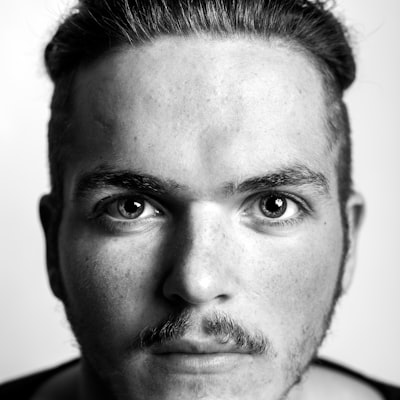What Is Screeding?


I often get asked "precisely what is screeding?" In short, screeding (at least as practiced in the UK) is a thin, top layer of material such as sand or cement, which is poured on top of structural concrete or insulation. This material is then levelled and smoothed so it's the same height as the forms, or guides, that surround it. Imagine an individual measuring a cup of flour, then using a knife to smooth the most notable. The flour is compacted and contains a smooth top layer. That is screeding in its most elementary form.
The most common use of screeding is in gardening and landscaping. The contractor pours concrete into the forms or guides and allows it to fill to a particular height. To ensure Go to this site will be level when it dries, screeding must be done now. To do this properly, a tool for instance a long piece of aluminium or timber, that is larger than the guides, is slowly moved on the guides. This tool can be moved in a back and forth motion while screeding to level and smooth the concrete, which ensures a perfectly level floor. Additionally, there are industrial tools available, which are ideal for use over larger areas.
You can find four main forms of floor screeding designs:
Bonded screed
Unbonded screed
Floating screed
Underfloor heating screed
Bonded Screed
This should be laid on a shot-blasted / scabbled concrete base, and be bonded utilizing an adhesive such as for example PVA, SBR, epoxy resin or good old-fashioned cement.
Unbonded Screed
These are not bonded right to the concrete base, but are intentionally debonded by using a DPM (damp-proof membrane).
Floating Screed
Floating screed can be used on top of rigid insulation boards. It is recommended that the thickness of a floating screed ought to be between 65 and 90 mm.
Underfloor Heating Screed
A normal sand and cement screed is an ideal selection of screed for underfloor heating. Under floor heating manufacturers and suppliers generally recommend the very least screed depth of 60 mm to use with their systems.
The delivery, mixing, and pumping of screed is usually from a single vehicle which pours the screed directly from the mixing pan to the ground at a range of around 60 metres. For smaller applications, the screed could be hand laid.
Screeding could be left bare to attain a contemporary urban style to the building and it's really environment, much like that in buildings by Japanese architect Tadao Ando, who is renowned for exemplary craftsmanship which evokes a Japanese sense of space. Alternatively other finishing materials can be applied on top.
